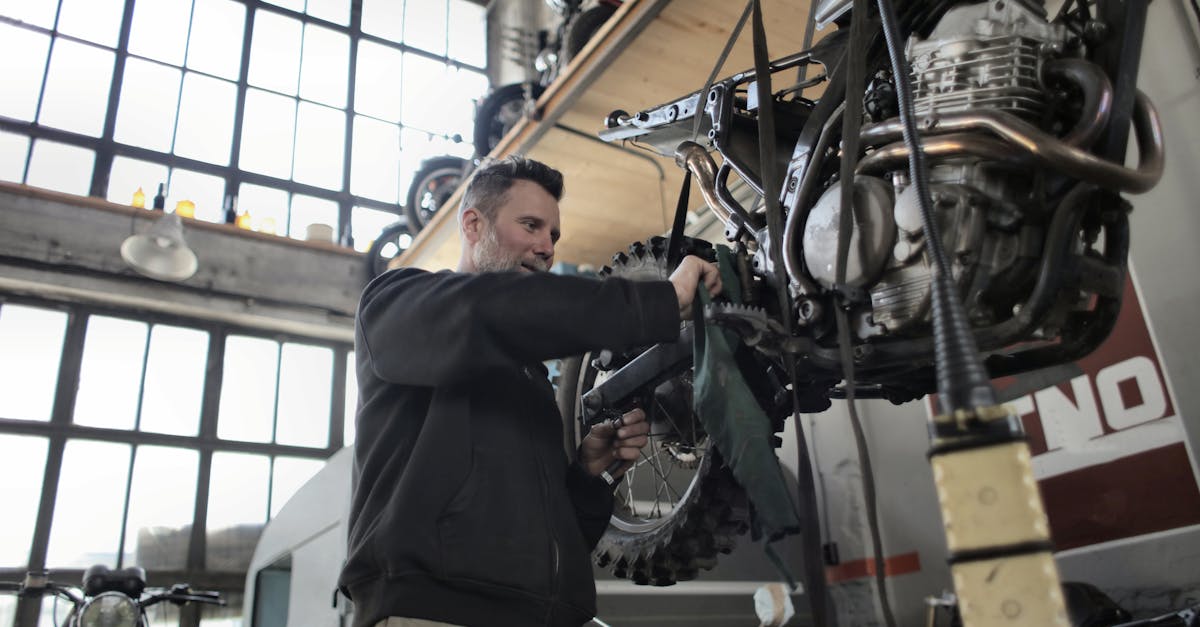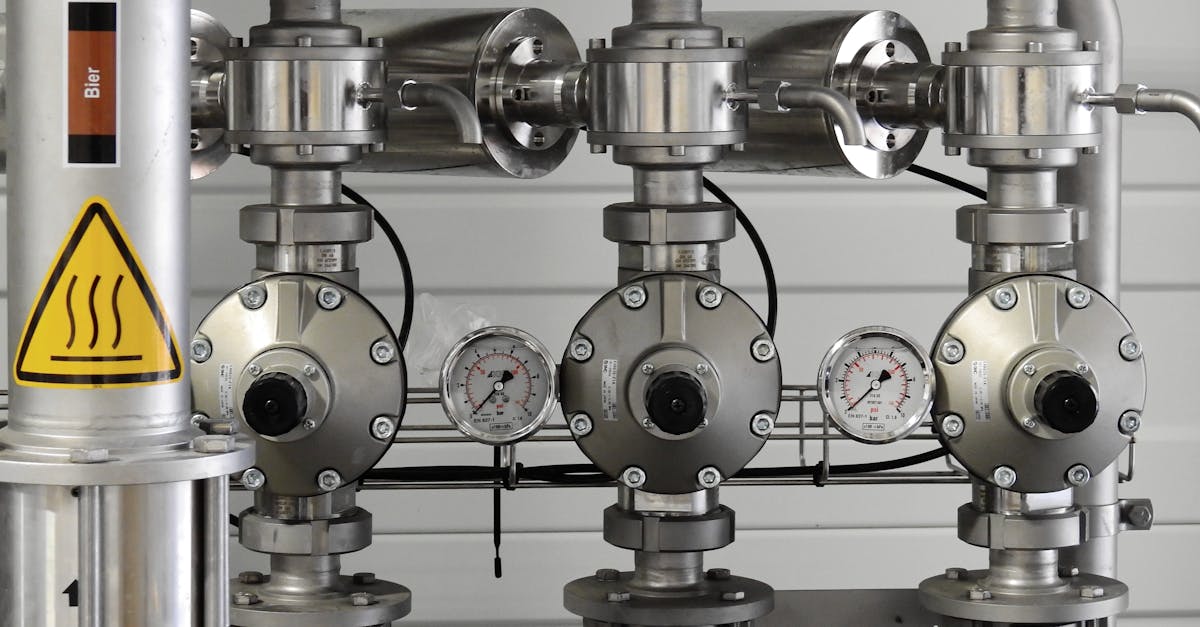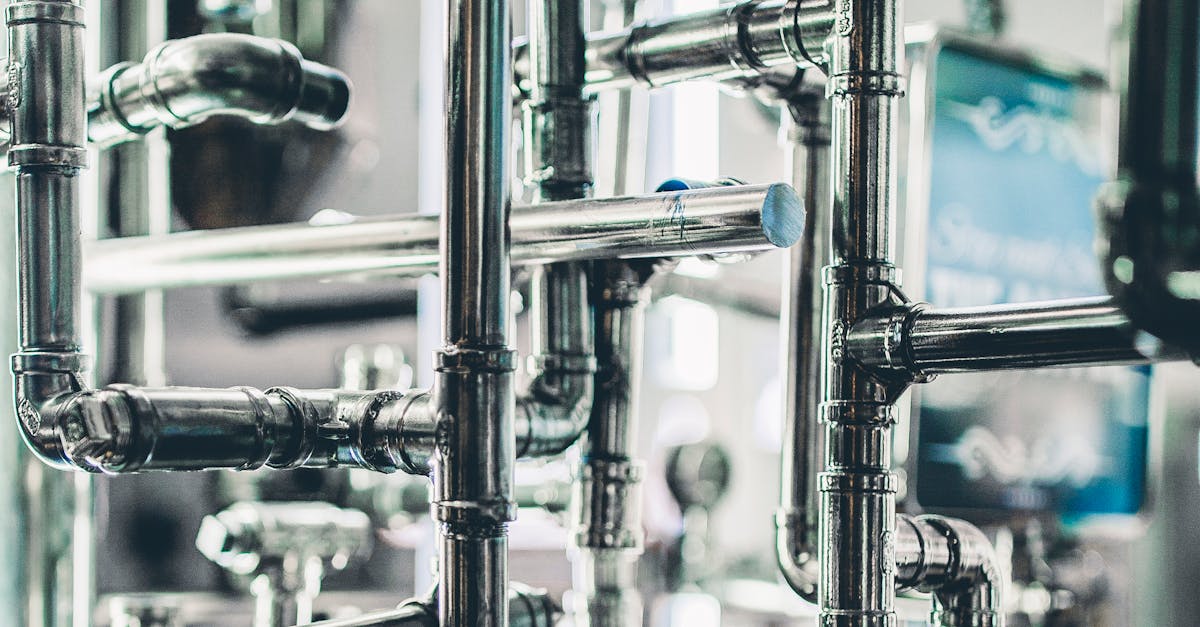
Table Of Contents
Testing the Sewer Line
Testing the sewer line is a critical step in ensuring the proper functioning of the system. Before backfilling the trench, it is important to conduct thorough pressure tests to check for leaks or blockages. By pressurizing the line, any potential issues can be identified and addressed promptly to avoid future complications. Sewer line installation and repair near me are vital services that require meticulous attention to detail during the testing phase to guarantee the longevity and efficiency of the sewer system.
Filling the trench with the right materials while ensuring proper compaction is essential for the stability and functionality of the sewer line. Adequate compaction of the backfill materials is crucial to prevent settling or shifting of the pipeline, which could lead to leaks or blockages. By following proper testing procedures and using appropriate materials for backfilling, the sewer line can be well-prepared for connecting to the main sewer system. Seamless integration with the main sewer system relies on the careful execution of these steps to secure the connection and ensure proper flow.
Conducting pressure tests to check for leaks or blockages
After the sewer line has been installed, it is crucial to conduct pressure tests to ensure there are no leaks or blockages present. This step is essential in guaranteeing the proper functioning of the newly installed sewer line. To conduct these tests, specialised equipment is used to pressurise the line and detect any potential issues that may arise. Sewer line installation and repair near me often involves these meticulous tests to ensure the integrity of the system.
Pressure tests involve filling the sewer line with pressurised water or air to simulate the conditions that will be experienced during regular use. Technicians then closely monitor the pressure levels to identify any fluctuations that could indicate leaks or blockages. By performing these tests diligently and meticulously, any potential problems can be detected and rectified promptly, ensuring the longevity and efficiency of the newly installed sewer line.
Backfilling the Trench
Once the sewer line has been properly positioned and secured, the next crucial step in the installation process is backfilling the trench. This involves filling the trench with the appropriate materials while ensuring that the soil is compacted adequately to provide stability and support for the sewer line. Proper backfilling is essential to prevent shifting or damage to the sewer line in the future. It is crucial to follow the specific guidelines and recommendations for backfilling to ensure the longevity and effectiveness of the sewer system. Sewer line installation and repair near me will typically involve professionals who are skilled in the proper backfilling techniques to prevent any issues that may arise from improper procedures.
Using the right materials and ensuring proper compaction during backfilling is critical to the overall success of the sewer line installation process. The materials used for backfilling should provide good drainage and support for the sewer line to prevent any potential damage. It is essential to compact the soil in thin layers to avoid air pockets and ensure that the soil is stable and secure. Proper backfilling not only protects the sewer line from damage but also maintains the structural integrity of the surrounding area. Sewer line installation and repair near me will include experts who are knowledgeable about the correct backfilling techniques to ensure a reliable and long-lasting sewer system.
Filling the trench with the right materials while ensuring proper compaction
Once the sewer line is securely in place, the next crucial step is filling the trench with the appropriate materials and compacting them correctly. The trench must be backfilled with soil that is free of rocks, debris, and other sharp objects that may damage the pipe over time. Additionally, it is important to ensure that the backfill material is not too compacted, as this could cause undue pressure on the sewer line. Proper compaction is key to maintaining the stability and longevity of the sewer system.
Choosing the right materials for backfilling is essential for the effectiveness of the sewer line installation. The backfill material should provide adequate support to the sewer line while allowing for proper drainage. Gravel or sand are commonly used materials for backfilling as they offer good drainage properties and stability. It is imperative to hire professionals for this task to ensure that the trench is filled and compacted correctly. When in doubt, seek assistance by searching for "Sewer line installation and repair near me" to find reliable professionals to assist with the installation process.
Connecting the Sewer Line to the Main Sewer System
After successfully laying the sewer line, the next crucial step is connecting it to the main sewer system. This process requires diligent attention to detail and precision to ensure a seamless connection. It is essential to align the sewer line correctly with the main sewer system to avoid any potential leaks or blockages in the future. By utilising the right tools and techniques, the connection can be securely established to facilitate the proper flow of wastewater. Remember to hire a professional for this task to ensure a reliable and efficient connection that meets all the necessary standards for a functioning sewer system. Sewer line installation and repair near me can be sourced through local directories or online platforms, providing access to experienced professionals in the field.
Securing the connection between the sewer line and the main sewer system is paramount to prevent any leaks or disruptions in the flow of wastewater. Properly fitting the pipes together and ensuring a tight seal will guarantee the effectiveness and long-term durability of the sewer system. A thorough inspection post-connection is advisable to confirm that there are no gaps or loose fittings that could potentially lead to future problems. By focusing on the details and intricacies of the connection process, you can rest assured that your sewer line is integrated seamlessly into the main system. Trusting professionals for the task ensures a reliable connection that meets all industry standards, providing peace of mind for the ongoing functionality of the sewer system.
Securing the connection and ensuring proper flow
After connecting the sewer line to the main sewer system, it is crucial to secure the connection accurately to prevent any leaks or dislodgements. This step involves meticulously fastening the pipes together using appropriate tools and techniques to ensure a tight and secure fit. Any gaps or loose connections can result in leaks, leading to potential contaminations or structural damage. Moreover, verifying the flow of the sewer line post-connection is essential to guarantee the proper functioning of the system. Ensuring that the flow is consistent and unobstructed will prevent any future issues or blockages, maintaining the efficiency of the sewer system. Sewer line installation and repair near me can provide professional assistance in securing connections and maintaining optimal flow within the system.
FAQS
How do I test the sewer line after installation?
To test the sewer line, conduct pressure tests to check for leaks or blockages to ensure proper functionality.
What materials should be used for backfilling the trench after installing the sewer line?
The trench should be filled with the right materials while ensuring proper compaction to provide stability and support to the sewer line.
How do I connect the sewer line to the main sewer system?
When connecting the sewer line to the main sewer system, ensure proper alignment, secure the connection, and verify the flow for efficient disposal of waste.
Is it necessary to secure the connection of the sewer line to the main sewer system?
Yes, it is crucial to secure the connection of the sewer line to the main sewer system to prevent leaks, blockages, or any other potential issues in the future.
Why is proper compaction important when backfilling the trench around the sewer line?
Proper compaction is essential when backfilling the trench around the sewer line to prevent settling, shifting, or damage to the pipeline, ensuring long-term durability and functionality.


